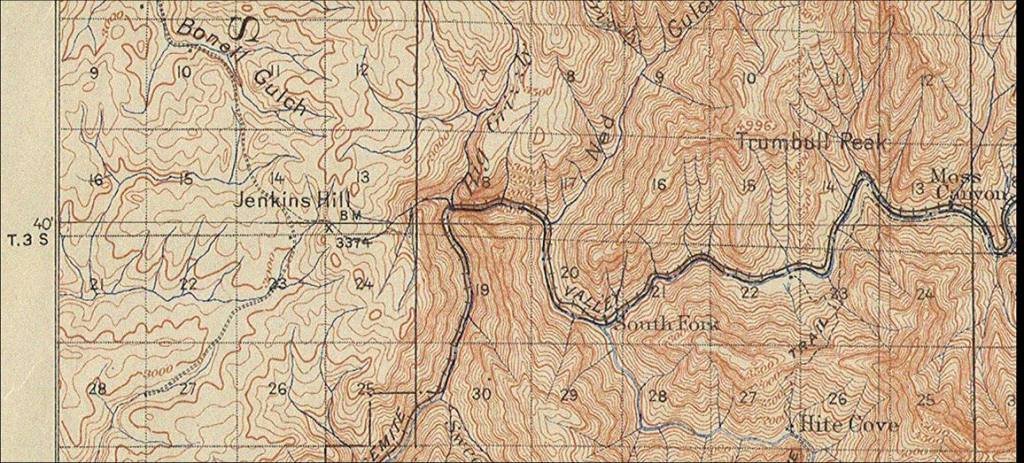| Culture
Physical environmental characteristics are identified during field survey that may indicate human influences that can be traced through interview and research to an ealrier culture.
In the Sierra Nevada and Central Sierra foothills there are many such geographic regions that have been identified for their native plants, riparian habitats, and historic content.
Geographic Information System (GIS) mapping analysis has been employed to identify these regions. Populations and occupants of the many identifiable village areas are documented here. | 

